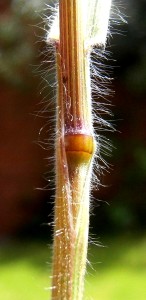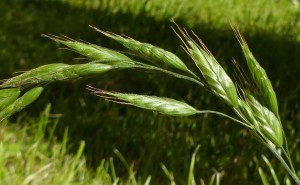Mid May 2013, and during Dr M’s annual botanical field trip to the Lizard Peninsula, Cornwall, we found over 300 different plant species during the week! Many plant families delighted us but we made a bit of a special study of Poaceae and, although we didn’t find every genus from Dr M’s legendary Poaceae song, we certainly found a decent number! Illustrated by the following verses – green shows the genera we found (the numbers in brackets are the number of species we saw in each genus):
Verse 1: The Poaceae is a family of grasses green and wonderful etc! ;-o
Verse 2: There’s, Aira (2) Briza Bromus (4) Poa (3) Nardus Arrhenatherum (1),
Agrostis (3) Phleum Phalaris (1), Spartina Catapodium (1),
Festuca (2) Lolium (1) Hordeum (1), Glyceria (2) Puccinellia,
Danthonia (1) Deschampsia (1) Dactylis (1) Brachypodium (1)!
Verse 3: There’s Vulpia (1) Molinia Milium and Melica,
Ammophila Avenula (1) Koeleria (1) Elytrigia (1),
Holcus (2) Phragmites (1) Trisetum Alopecurus (2),
Anthoxanthum (1) Calamagrostis etcetera etcetera!
So, in total we found 23 genera and 35 species in total, not bad going! And we carefully and enthusiastically examined the vegetative and floral characters for each genus and species.
So for example, the important and useful vegetative features of Bromus are the hairy leaves and the characteristic Bromus “V” formed by the sheath which is open for the upper part and closed below, rather like a V-necked sweater.
For the floral characters, the inflorescence is a branched panicle, with characteristic rather beautiful oval spikelets each composed of a number of florets (grass flowers) and each with a long awn affixed terminally to the lemma.
More on Poaceae in future posts, but meanwhile why not sign up to Dr M’s next field day learning Poaceae – to be sure a family of grasses green and wonderful!



